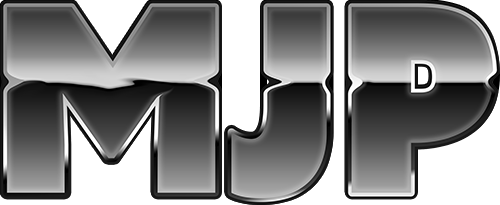What is a Front-end framework
feedCreated: 10/09/2023
Last edited: 05/10/2023
Unlocking Web Development Magic: A Simple Guide to Front-End Frameworks for Non-Technical Managers
In the dynamic world of web development, a term that often comes up is "front-end framework." While it might sound like a complex concept, understanding what a front-end framework is can help non-technical managers make better decisions when it comes to web development projects. In this article, we'll break down the concept of a front-end framework without getting bogged down in technical jargon.
What is a Front-End Framework in Web Development?
A front-end framework in web development is like a ready-made set of tools and pre-designed components that developers use to build the part of a website that users see and interact with. Think of it as a construction kit for the visible and interactive elements of a web page, similar to how LEGO pieces help create intricate structures.
The Benefits of Using a Front-End Framework
Imagine you're building a house. Instead of starting from scratch with bricks, cement, and wood, you can use a pre-made framework like a kit of building blocks. Here's why front-end frameworks are beneficial:
-
Efficiency: Developers can save time by not reinventing the wheel. They can use pre-built components like buttons, forms, and navigation menus.
-
Consistency: Front-end frameworks provide a consistent look and feel throughout the website, ensuring that all pages have a cohesive design.
-
Responsiveness: These frameworks make it easier to create websites that work well on different devices, such as smartphones, tablets, and desktops.
Examples of Front-End Frameworks
Let's take a look at a couple of popular front-end frameworks:
-
Bootstrap: Think of Bootstrap as a versatile toolkit with a wide range of design and layout components. It's like having a box of building blocks that include buttons, navigation bars, and responsive grids. Developers can use these blocks to construct a visually appealing and user-friendly website. Many major websites, including Airbnb and Spotify, use Bootstrap to ensure a consistent and responsive design.
-
React: React is like a magical paintbrush that allows developers to create dynamic and interactive user interfaces. It's particularly useful for single-page applications (SPAs) and complex web apps. Facebook, Instagram, and Airbnb (again!) all use React to provide engaging user experiences.
Why Understanding Front-End Frameworks Matters for Managers
As a manager, having a grasp of front-end frameworks can be valuable for several reasons:
-
Project Planning: Understanding that a front-end framework can speed up development and enhance user experience helps you make more informed decisions regarding project timelines and milestones.
-
Resource Allocation: You can allocate resources more effectively when you understand the technology landscape, including the use of front-end frameworks.
-
Communication: When discussing web development projects with your team, you can ask questions and provide guidance based on your understanding of how front-end frameworks can impact the user interface and user experience.
In conclusion, a front-end framework in web development is a set of pre-designed tools and components that developers use to create the visible and interactive parts of a website. By understanding the concept of front-end frameworks, non-technical managers can better communicate with development teams and make informed decisions about web development projects.

